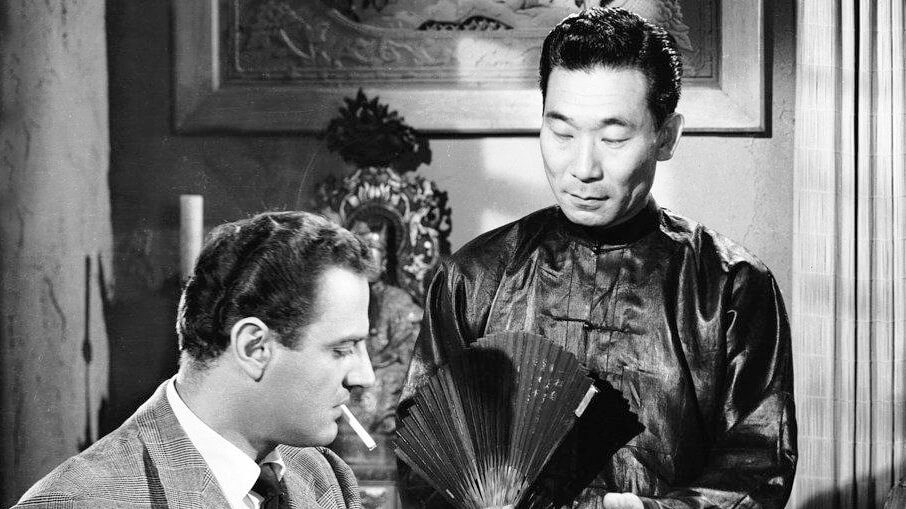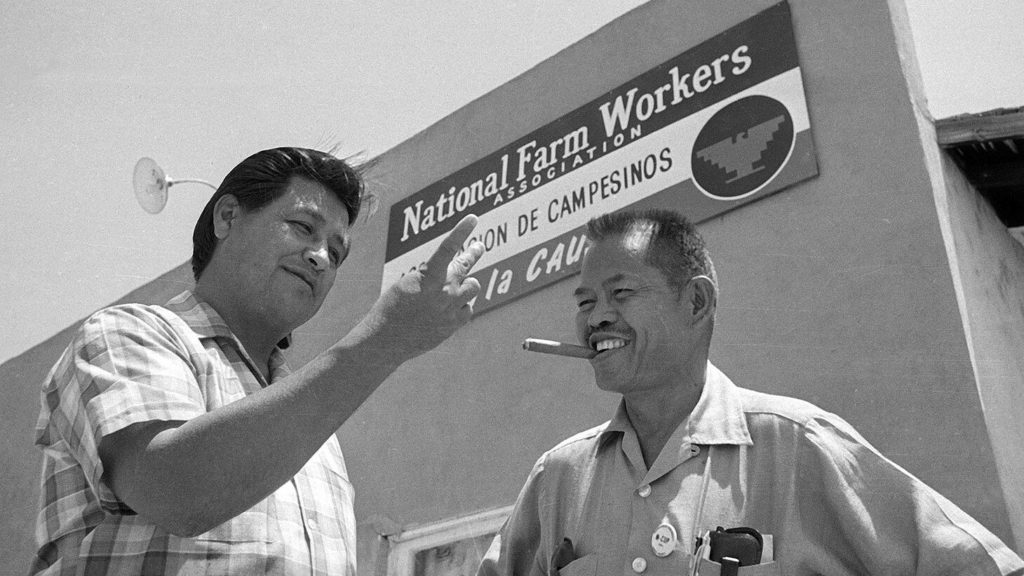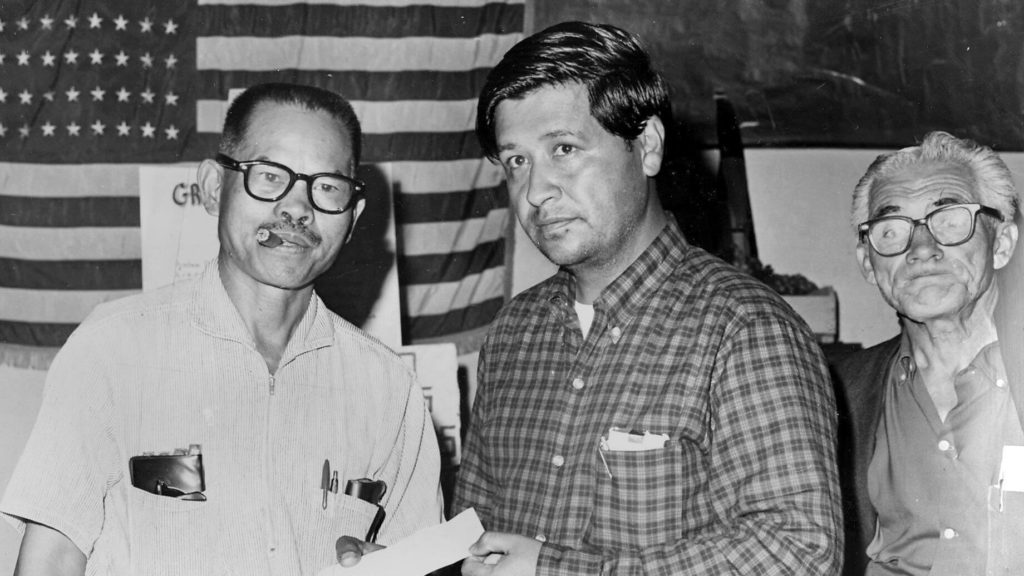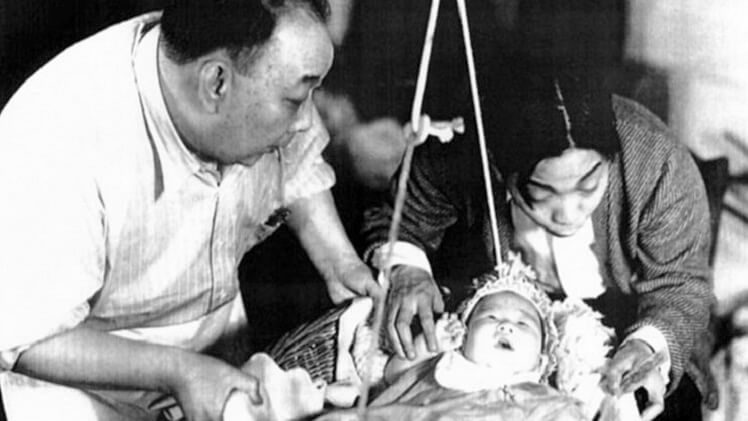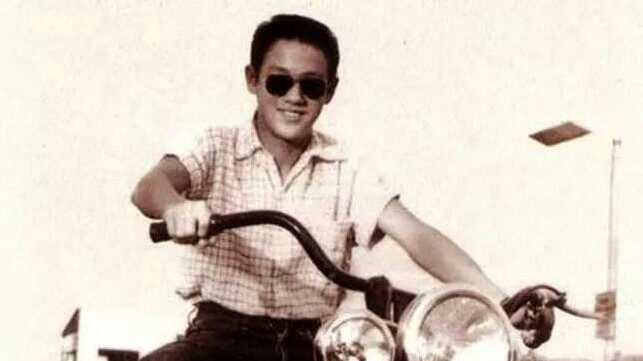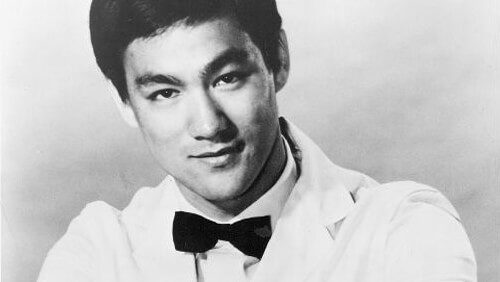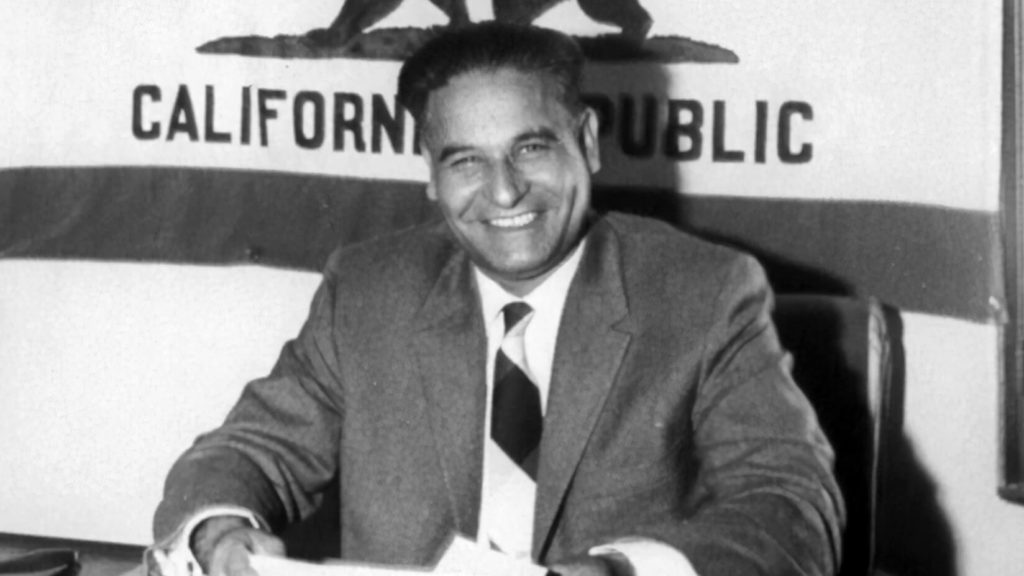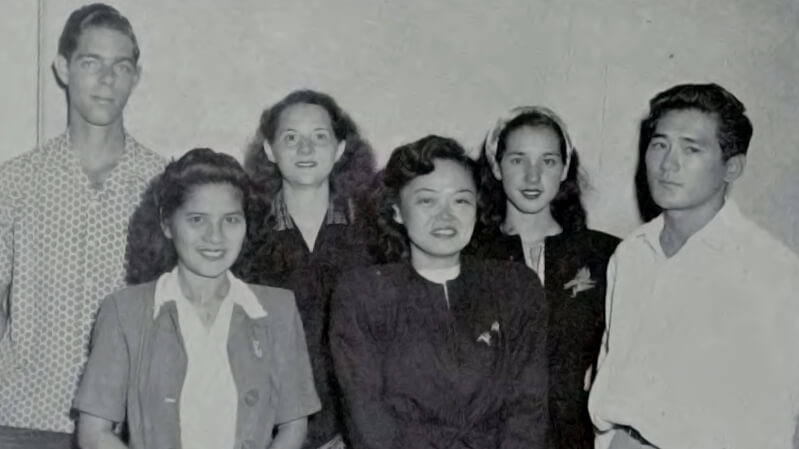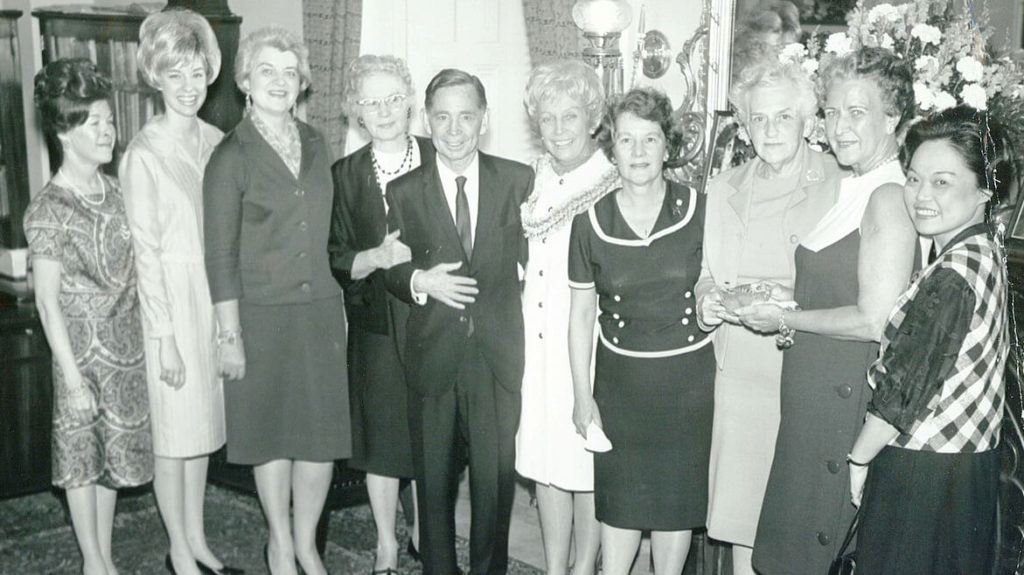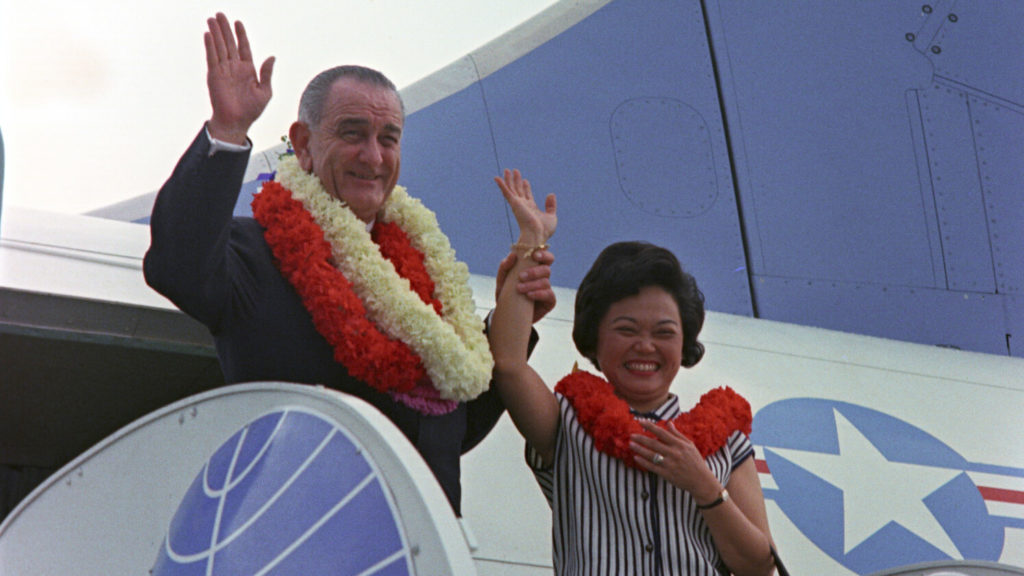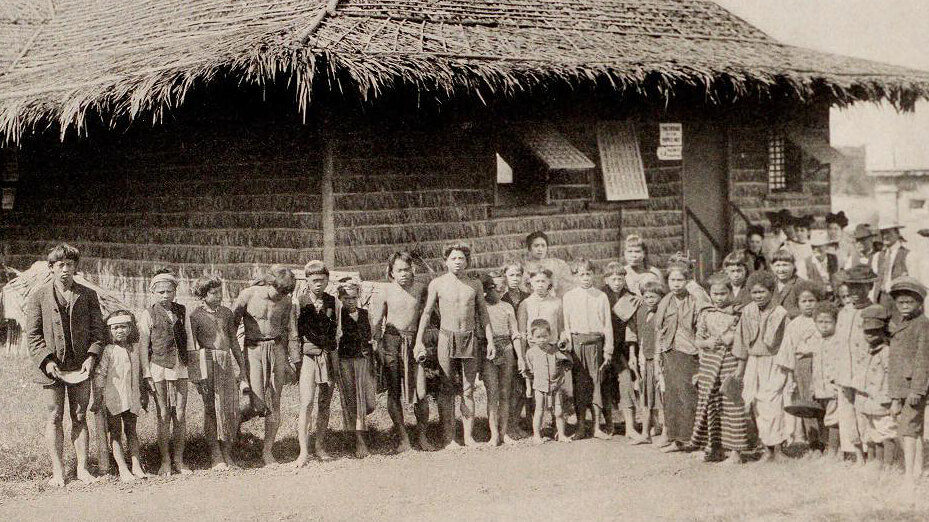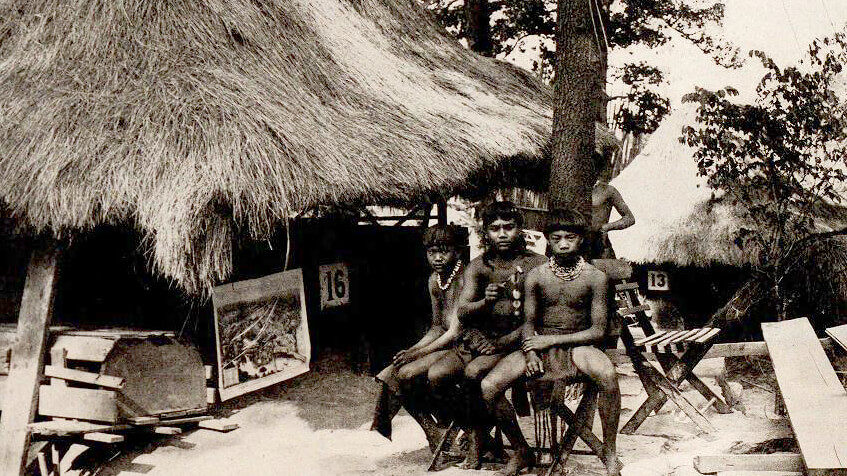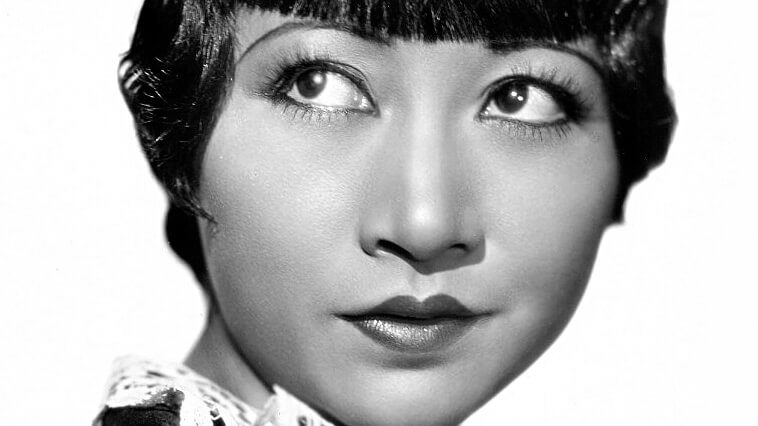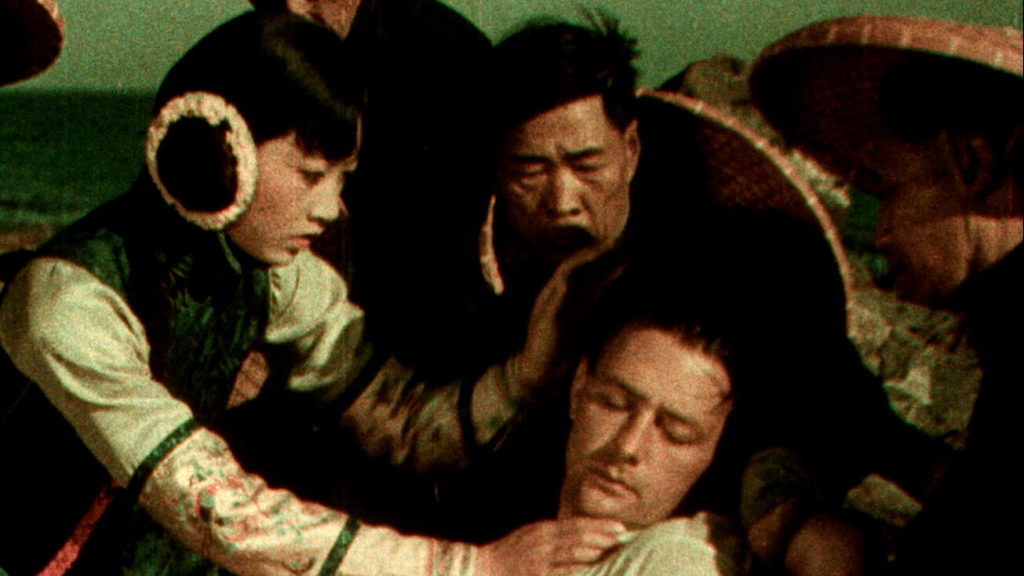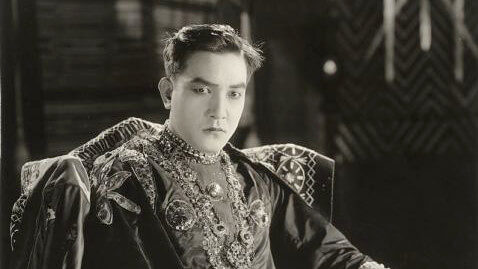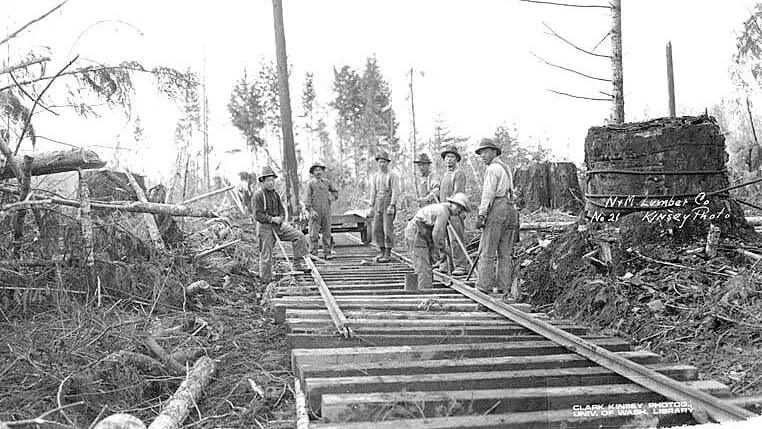Interactive Gallery
Susan Ahn and Philip Ahn
WWII provided Asian communities an opportunity to prove their patriotism. Meet Susan Ahn - the first Asian woman to enlist in the U.S. Navy and its first female gunnery officer. Her older brother Philip Ahn contributed to the war effort in his own way.
Susan Ahn, born in Los Angeles in 1915, was part of the first generation of Koreans born on American soil. Though they lived all-American lives, Susan and her siblings had an unusual family background. Their father was an activist who led the movement for Korean independence from Japan. There was no doubt in the whole family's minds that they were loyal to the U.S. Both Susan and her older brother Philip took advantage of opportunities to do something for Korea, the country that their father and mother gave up their lives for.
Tereza Lee
The Dream Act would open a path to citizenship for undocumented children who are brought to the country as minors. They become known as dreamers. Learn more about Tereza Lee, the original "Dreamer"
Vincent Chin
Vincent Chin’s case has a legacy that affects all Americans even to this day. A hate crime now is not just an act that is committed against somebody because of who they are but who the perpetrator perceived them to be.
Vincent Chin was a Chinese-American draftsman who was beaten to death by two white men the night of his bachelor party in advance of his upcoming wedding. For Asian Americans, Vincent Chin's murder symbolized an extreme example of the kind of discrimination that they'd face and becomes a rallying point for Asian Americans to be able to say ‘that's me too.’
Larry Itliong
One of the fathers of the West Coast labor movement in the 1930s, Larry Itliong demanded wages equal to the federal minimum wage. Learn more about the Agricultural Workers Organizing Committee & the Delano Grape Strike.
Bruce Lee
Asian Americans needed someone who epitomized a search for truth & for justice, and who embodied the power that they knew they were capable of. Enter Bruce Lee.
Bruce Lee was an actor considered by commentators, critics, media, and other martial artists to be the most influential martial artist of all time and a pop culture icon of the 20th century, who bridged the gap between East and West. He is often credited with helping to change the way Asians were presented in American films.
Daniel Inouye & Hiram Fong
From Honolulu to Hilo, Hawaii is hit with campaign fever in its first election as a state, with 81 offices open and highly contested from the legislature up to the governorship, two seats in the senate and one in congress. Learn more about key players Daniel Inouye & Hiram Fong.
Dalip Singh Saund
Until the election of Dalip Singh Saund in California in 1956, no Asian American had ever served in the US Congress
Patsy Mink
What she did for women’s rights & equal rights & Title IX was a remarkable achievement not just for Asian Americans, not just for women, or people from Hawaii but for all Americans! Learn more about Patsy Mink, the first woman of color & the first Asian American woman elected to Congress.
Patsy Mink emerged in the 1950s as a key political figure. She was a third generation Japanese American and served in the U.S. House of Representatives for a total of 12 terms, representing Hawaii's at-large and second congressional districts. She was the first woman of color and the first Asian American woman elected to Congress. She was also the first woman elected to Congress from the state of Hawaii, and became the first Asian-American to seek the presidential nomination of the Democratic Party in the 1972 election.
Toy Len Goon
Could you live up to the name of ‘American Mother Of the Year?’ Learn more about Toy Len Good, the first Asian ever to be selected in the nationwide contest.
In 1952, Toy Len Goon, a Chinese-born widow, carrying on in her husband's place and bringing up eight children to be fine American citizens, was selected as U.S. Mother of the Year. As the first Asian ever to be selected in the nationwide contest, she was upheld as the symbol of motherhood and family, a pillar of American identity that even an Asian immigrant can represent.
Antero Cabrera & the 1904 World Fair
In the midst of discrimination and exploitation of his race, there was one remarkable Igorot boy who, with his exceptional grace, stood tall and triumphant in front of the world at the St. Louis World’s Fair.
Antero Cabrera was a 12-year-old orphan who set off from the Philippines in 1904 to see the land of riches he'd always heard about, arriving at the St. Louis World’s Fair. But the promised land was not what Antero expected. His home at the fair was a replica of an Igorot village, inside a living anthropological exhibit.
Itaru and Shizuko Ina (Satsuki’s parents)
Are you for us or against us? Would you be willing to fill out a Loyalty Questionnaire? Learn more about why Itaru and Shizuko Ina would choose to disavow any loyalty to the Japanese Emperor despite their never having any in the first place.
taru and Shizuko Ina were born in the United States, but partly educated in Japan. Nine months after marrying, they found themselves imprisoned, where they had two children inside detention camps. It was 1943 and they were required to answer what was called the loyalty questionnaire, asking them if they were one, willing to bear arms against the enemy. And two, if they would be willing to disavow any loyalty to the emperor, which they never had in the first place. Though the vast majority of inmates answered yes to both questions, Itaru and Shizuko answered no out of despair.
Moksad Ali, Ella Blackman Family
The peddler network in some ways had gone under the radar because that group was so transient. Moksad Ali and the other peddlers, in order to sell their goods, played to the fantasies of the exotic East that the tourists who they were selling to expected.
The emphasis in South Asian American history over the years has been on West Coast migration, but from very early on, there were also migrants and immigrants and ship workers coming to ports on the East Coast. One of the earliest of those migrations consisted of Muslim men from the region of Hooghly, north of Calcutta, who were silk traders. One of those men was Moksad Ali.
The Tape Family / Mary, Joseph, and Mamie Tape
While the majority of Chinese immigrants were laborers, a lucky few started their own businesses. One such entrepreneur was Joseph Tape. His story began when he arrived from China, alone, at age 14.
With dreams of owning his own business, Joseph Tape appeared to cut all ties to his family in China, including cutting his queue as if to symbolize his desire to be an American. Raised by the home of the Ladies Protection and Relief Society, Mary Tape effaced all of her Chinese-ness. Joseph and Mary got married and had an incredible life story together as one of the first Chinese American families.
Anna May Wong, Sessue Hayakawa & Hollywood
Through films, Anna May Wong and Sessue Hayakawa helped to humanize Asian Americans to white audiences during a period of intense racism and discrimination.
Anna May Wong and Sessue Hayakawa dazzled Hollywood and projected an image to audiences who may never have met an Asian in real life. Anna May Wong’s first starring role was in “The Toll Of The Sea,” while Sessue Hayakawa starred in “The Cheat,” propelling him to superstardom where he became a matinee idol. He later went on to establish his own studio to take creative control of his career. Despite the bamboo ceiling, Anna May Wong continued to break barriers and challenged the conventions of race and gender against all odds throughout her 40-year career, working in all the mediums of her time: silent movies, talkies, the stage, television, and radio.
Vaishno Das Bagai
Denaturalized and stripped of U.S. citizenship, house, and business, Vaishno Das Bagai became a man left without a country.
Vaishno Das Bagai was a South Asian American who brought his entire family to the United States because he believed that the United States, unlike India under British Colonial rule, was a place where his children could be free. However, because of the Supreme Court decision on race, Vaishno Das Bagai was denaturalized and his US citizenship was revoked. Since non-citizens were banned from owning property, he then lost his house and his store, and was stripped of his identity.
Bhagat Singh Thind
If the term "white person" refers to race rather than color, or absence of color, then what is the white race & of what people is it composed?
Railroad workers & Golden Spike
Rendered invisible, Asian railroad workers were excluded from one of the most famous photos from the 19th century - a challenge that they’ll face over and over again in America.
The transcontinental railroad fulfilled the nation’s grand ambition to expand westward, seizing Native American land along the way. The new railroad connected the Atlantic to the Pacific. Irish immigrants laid the track westward, while the Chinese worked their way eastward to meet them. The Chinese became indispensable for the railroad company and made up 80-90% of the construction crew. The railroad line could not have been built without them.

